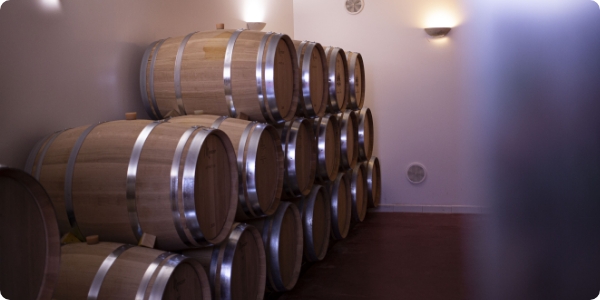
The Count’s vineyard is located on the Plateau Cordais in the north of Gaillac, one of the best sites in the wine region, in south-west France. Nestled in a gently rolling landscape along the river Tarn, in the heart of Tuscany Occitanie, the plateau with its barren soils is considered the best terroir with ideal conditions for great wines.
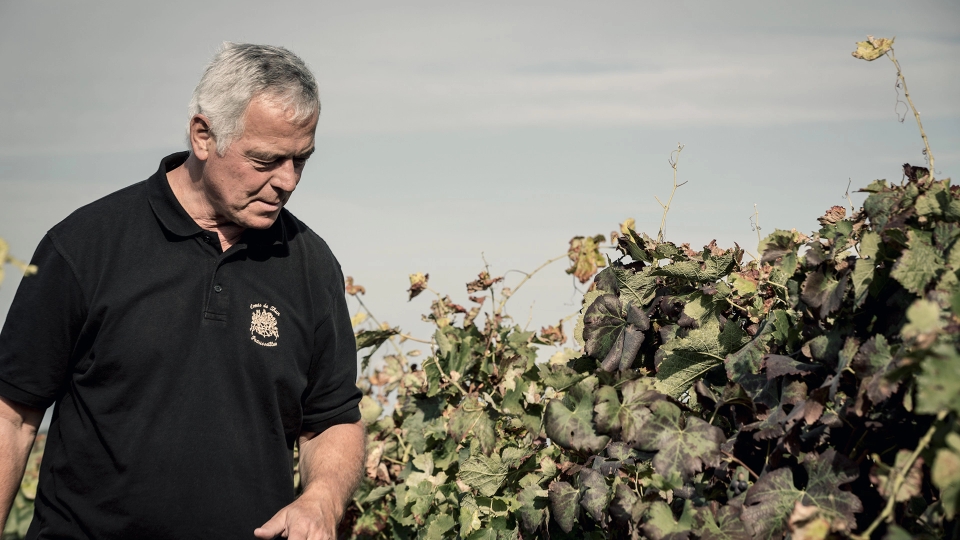
The Count’s historic vineyards extend over 27 hectares around the winery. Where his predecessor once produced rather rustic cuvées from Syrah, Merlot and Cabernet Sauvignon as well as the local grape varieties Duras and Braucol, Ferdinand von Thun and his oenologists now mainly cultivate Syrah, Merlot and Cabernet Franc. The estate’s 27 hectares of vineyards, steeped in history, are located roughly in the centre of the Plateau Cordais and are planted with grape varieties that have been part of the Gaillac wine culture for centuries and find the best conditions in the climate, location and soil of the plateau: Syrah, Cabernet Franc, Merlot, Pinot Noir.
Gaillac is a slumbering wine region in the south-west of France that has been badly affected by history and has incredible potential, which Ferdinand von Thun wants to awaken with his visionary “Comte de Thun” project. From the 13th to the 17th century, the region’s strong, dark red wines were sought after throughout Europe. The excellent reputation of the wines from Gaillac reached as far as the English royal court – and even the upper classes of Bordeaux were supplied with their rival’s wine.
Today, it is the harmonious combination of terroir, microclimate, captivating history and passionate people that is once again making the region the cradle of great wines.
You unknown friends who still believe in the discovery of France’s “little wines”, you who don’t just want to drink “mainstream” but want to discover something “new – great quality and price”, you have no choice but to go and discover the “Forgotten Wonderland” and the Domaine du Comte de Thun for yourselves.
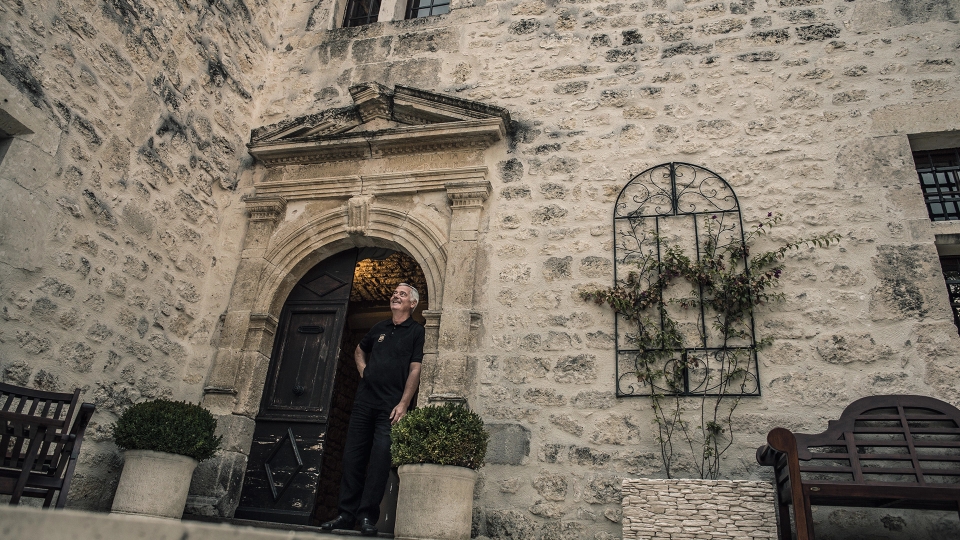
1300
From the late Middle Ages to the time of the Sun King Louis XIV – i.e. from the 13th to the 17th century – the strong, dark and long-lasting red wines of the region were particularly appreciated in northern Europe and often preferred to the thinner Bordelais wines. The “Crus Tarnais” were shipped to the English royal court of Henry III (1216-1272) and Henry VIII (1491-1574) in wooden barrels branded with a cockerel and became known throughout the world as “Vins du Coq”.

1500
This first trademark in the history of wine – first used in 1387 and officially recognised in 1501 – stood for great wines that became better and better due to their shelf life during shipping. Its success inevitably led to rivalries and ultimately to counterfeiting. This was because the wines from the Bordeaux region were of a much lower quality at the time – and less in demand. As a result, the city of Bordeaux quickly imposed high customs duties on the “Vins du Coq” in order to minimise their international export via its port. Over time, traders on the Garonne estuary also liked to blend the wines from Gaillac as “Vins Médecins” with thinner Bordeaux wines in order to improve them and sell them under the Bordeaux appellation.

1700
It is this slowly growing blending culture that continued to boost demand for wines from Gaillac, but at the same time caused the sign of the cockerel to slowly disappear – until it lost its significance completely in 1751 and fell into oblivion. However, such strategic defeats did not diminish the region's bustling vitality: for example, sparkling wine was also produced in Gaillac in the late 16th century – locals believe even before Champagne began to do so.
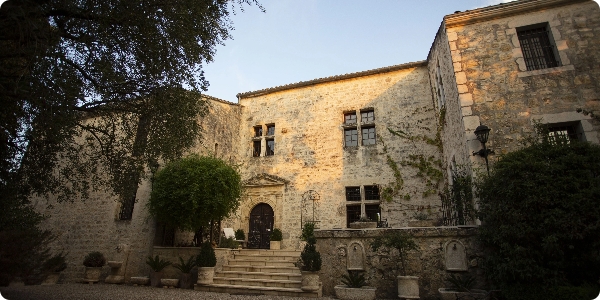
1900
In the early 19th century, Bordeaux once again put the brakes on its rival's ongoing success: Gaillac was only allowed to deliver its goods to the city once all the Bordelais wines had been sold. Towards the end of the 19th century, the unstoppable spread of phylloxera and devastating famines meant that the region's farmers preferred to grow other crops instead of wine – and Gaillac fell into a deep slumber as a wine-growing region. What remains today is an outstanding terroir combined with an unusual microclimate and a breathtaking history – the best conditions for world-class wines. Gaillac is divided into six sub-regions, whose terroirs stretch across terraces, rolling hills and wide plains and are very different from one another: The “Plateau Cordais” sub-region – home to the von Thun vines – is considered the best terroir in Gaillac.
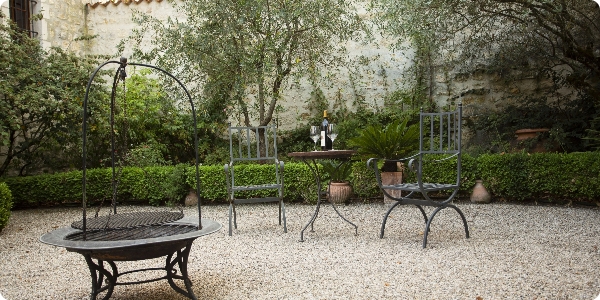
bis heute
Since the end of the 19th century, however, the Galliac wine region, which is relatively unknown today and has been badly affected by history, has been in a deep slumber. One of the oldest wine-growing regions in the world and once highly regarded throughout Europe, it now offers one thing above all else in addition to a variety of fairly simple wines made from local grape varieties: wonderful terroir whose potential has not yet been fully realised.
It is these conditions and the rich history of the region that have inspired Ferdinand von Thun and his friend Riccardo Cotarella to create great, storable wines that express their origins with finesse and originality. Powerful and with an elegant structure reminiscent of a Bordelais – but with a cooler flavour and minerality all of their own. The wines from “Comte de Thun” are a contemporary version of the “Vis de Coq” and the prelude to the renaissance of top wines from Gaillac.
